Idea by
Nico Alexandroff
AfterBodies
Call for ideas 2021
Handicapping Golf
Handicapping Golf
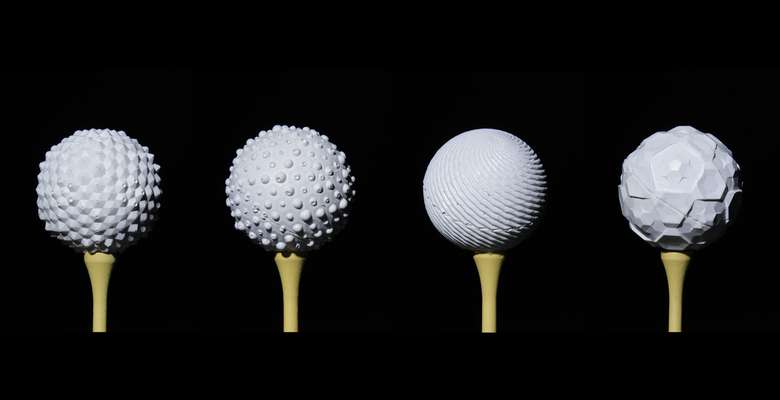
- New alliances
The project proposes a holistic form of golf that redefines how we understand and interact with landscape and in turn change and reshape coastal ecologies and communities. It does this through the lens of the depleting nomadic sand dune habitats that are known as the ‘links’. Links are strips of biodiverse land between the seashore and farmland with acidic sandy soil which cannot be cultivated and have always been deemed ‘unproductive’.
The architecture of the golf course derives from the architecture of the golf ball and how it responds to wind. The project proposes four new golf balls that will ‘productively’ assist the process of shifting sand dunes and of ecological succession instead of preventing it. Each ball is designed for a specific environment instead of demanding damaging homogeneous turf. The project aims to reconnect golf with native ecologies and in doing so increase the resilience of the struggling shoreline.
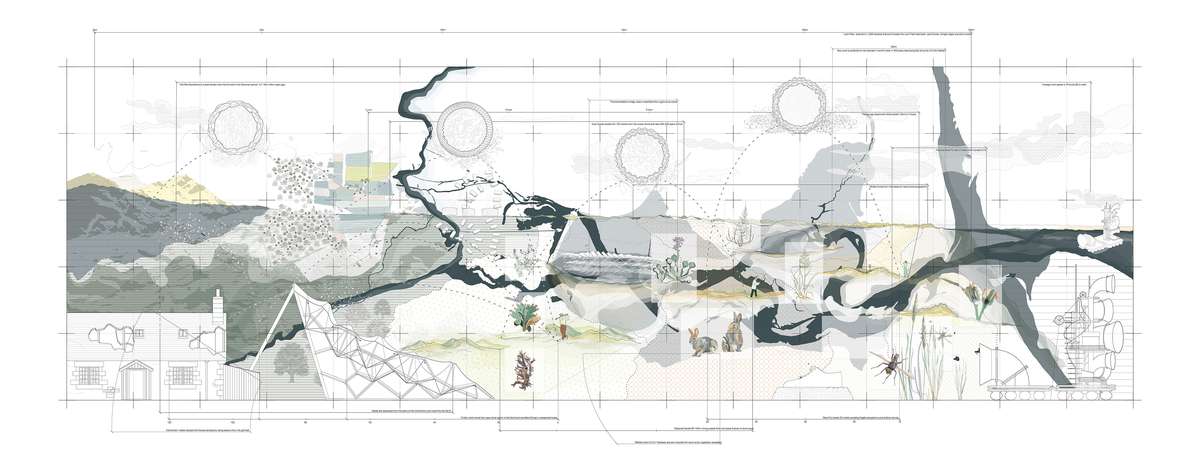
There are 256 Golf Links in the UK with an average course being 150 acres, meaning 360,900 acres of coastline being lost to golf. In 2006 Donald Trump ordered the planting one million sprigs of marram grass on a stretch of Aberdeenshire coastline. The real estate developer manipulated the plant’s services to ecosystem for the creation of a billion-dollar Golf resort called Trump International Golf Links, permanently damaging the fragile landscape and stopping processes of ecological succession.
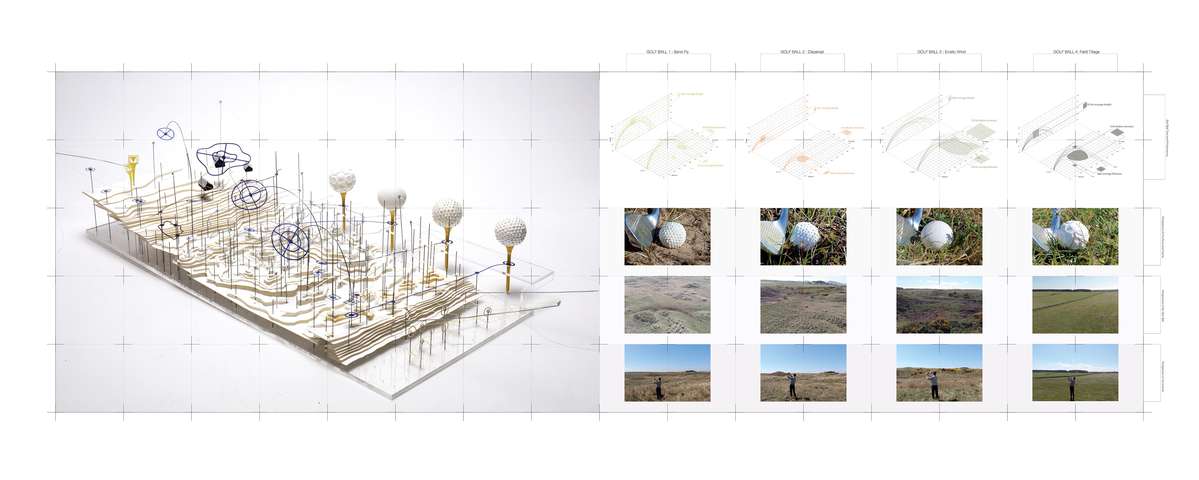
The Architecture of the golf course derives from the architecture of the golf ball. The project proposes four new golf balls design for specific habitats types. The balls act as a landscape strategy that aims to increases the mobility of the dune landscape.
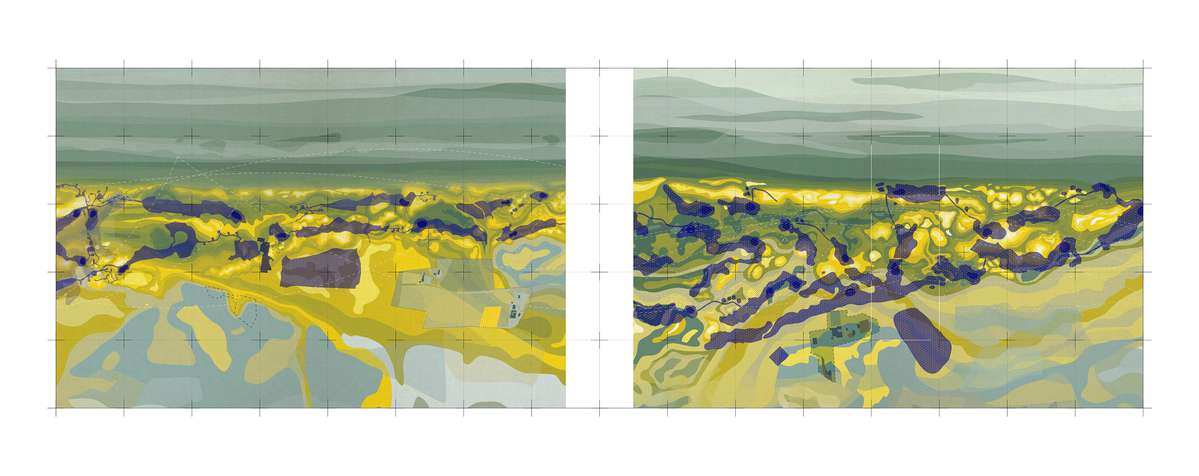
Donald Trump’s golf course reveals a more general trend to the typology—golf courses are microcosms of exclusivity. Economic and social exclusivities emerge when the design of golf course becomes separated from its natural processes—an ecological exclusivity. Native plant species are wiped clear, disregarded and processes of ecological succession broken through the planting of large strips of monoculture grasses which make up the fairways and greens (playing area).
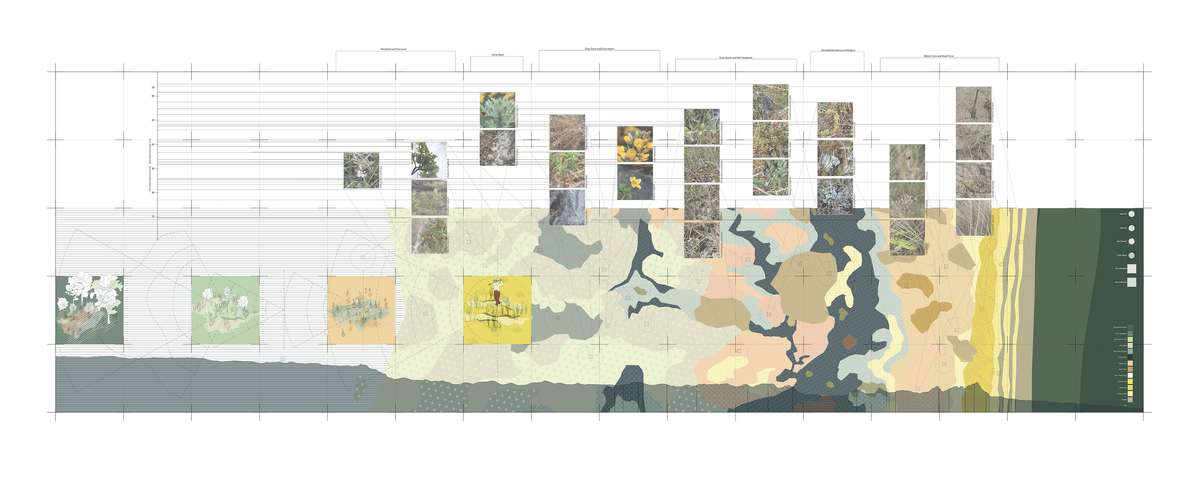
There are 12 to 15 distinct habitat types that range within this space, transitioning from bare sand with pioneering marrams all the way to dense dunes slack woodland, a stable and self-perpetuating ecology. The concentration of change at the links means there is an eclectic variety of flora and fauna, species that depend on the ranging stages of succession.
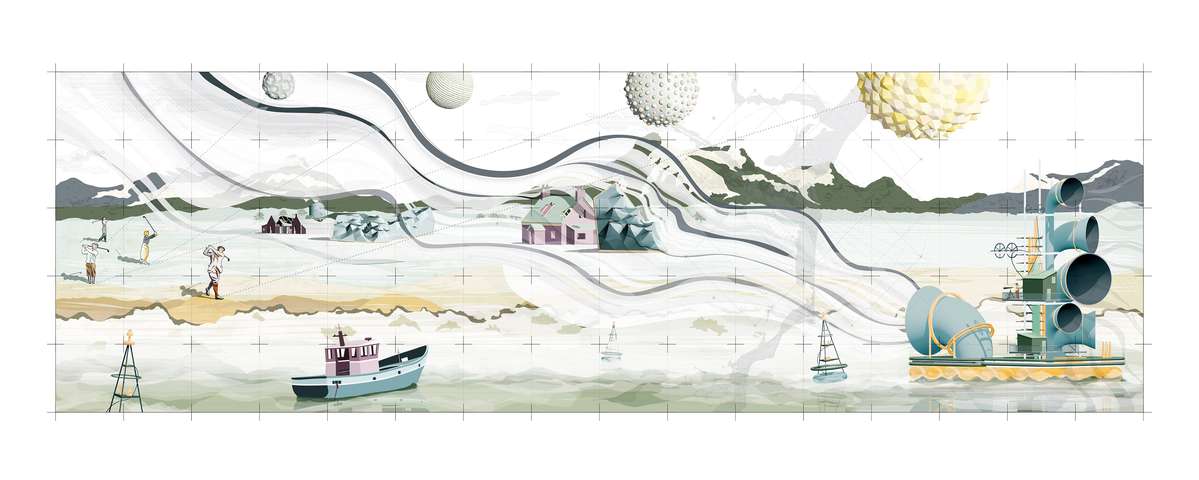
The project looks to reconsider the game of golf by challenging its ecological exclusivity. It does this by considering the golf ball as an active, holistic element on the links within processes of ecological succession, thus, golfers—like Trump and the marrams—are utilised and manipulated to become ecological enablers.
Handicapping Golf
Handicapping Golf

- New alliances
The project proposes a holistic form of golf that redefines how we understand and interact with landscape and in turn change and reshape coastal ecologies and communities. It does this through the lens of the depleting nomadic sand dune habitats that are known as the ‘links’. Links are strips of biodiverse land between the seashore and farmland with acidic sandy soil which cannot be cultivated and have always been deemed ‘unproductive’.
The architecture of the golf course derives from the architecture of the golf ball and how it responds to wind. The project proposes four new golf balls that will ‘productively’ assist the process of shifting sand dunes and of ecological succession instead of preventing it. Each ball is designed for a specific environment instead of demanding damaging homogeneous turf. The project aims to reconnect golf with native ecologies and in doing so increase the resilience of the struggling shoreline.
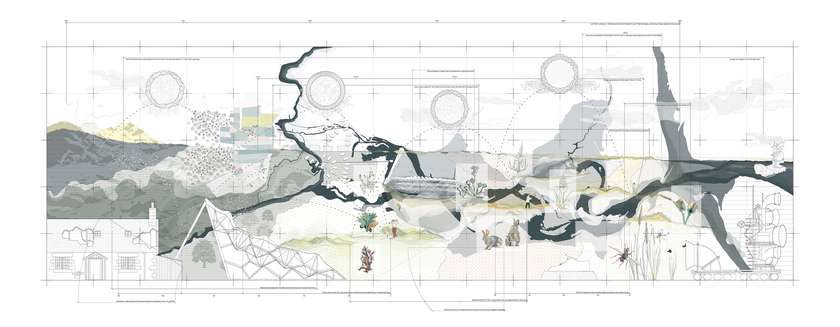
There are 256 Golf Links in the UK with an average course being 150 acres, meaning 360,900 acres of coastline being lost to golf. In 2006 Donald Trump ordered the planting one million sprigs of marram grass on a stretch of Aberdeenshire coastline. The real estate developer manipulated the plant’s services to ecosystem for the creation of a billion-dollar Golf resort called Trump International Golf Links, permanently damaging the fragile landscape and stopping processes of ecological succession.
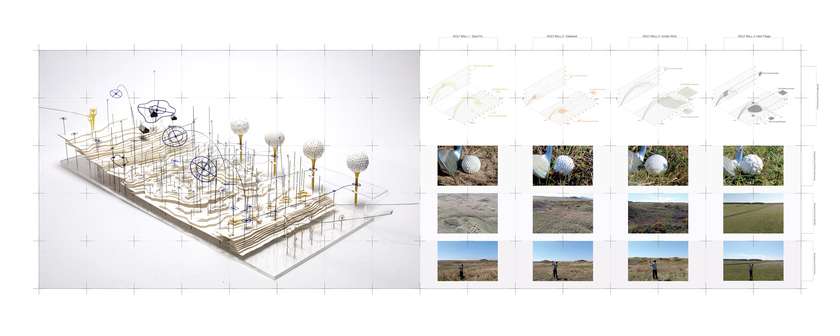
The Architecture of the golf course derives from the architecture of the golf ball. The project proposes four new golf balls design for specific habitats types. The balls act as a landscape strategy that aims to increases the mobility of the dune landscape.

Donald Trump’s golf course reveals a more general trend to the typology—golf courses are microcosms of exclusivity. Economic and social exclusivities emerge when the design of golf course becomes separated from its natural processes—an ecological exclusivity. Native plant species are wiped clear, disregarded and processes of ecological succession broken through the planting of large strips of monoculture grasses which make up the fairways and greens (playing area).
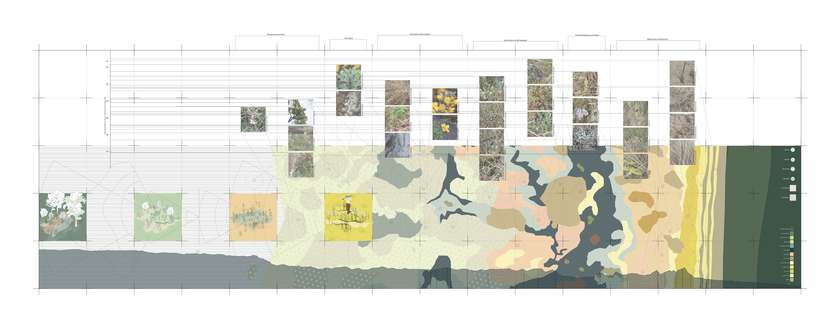
There are 12 to 15 distinct habitat types that range within this space, transitioning from bare sand with pioneering marrams all the way to dense dunes slack woodland, a stable and self-perpetuating ecology. The concentration of change at the links means there is an eclectic variety of flora and fauna, species that depend on the ranging stages of succession.
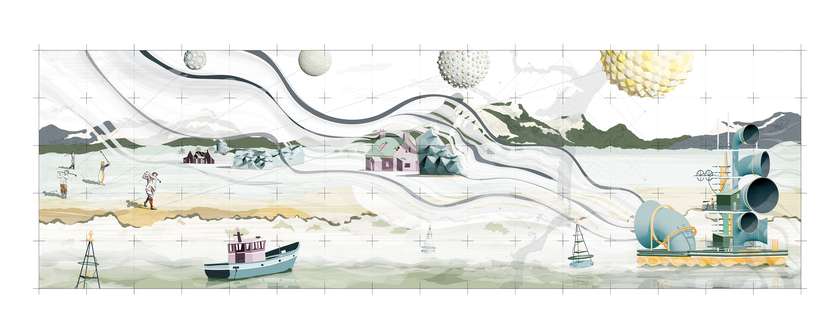
The project looks to reconsider the game of golf by challenging its ecological exclusivity. It does this by considering the golf ball as an active, holistic element on the links within processes of ecological succession, thus, golfers—like Trump and the marrams—are utilised and manipulated to become ecological enablers.